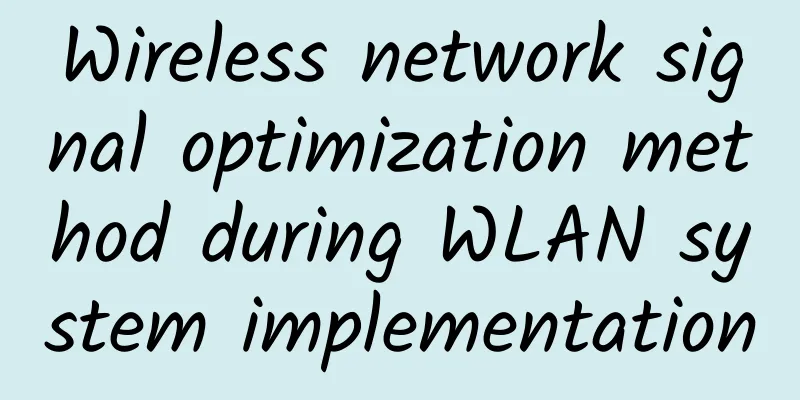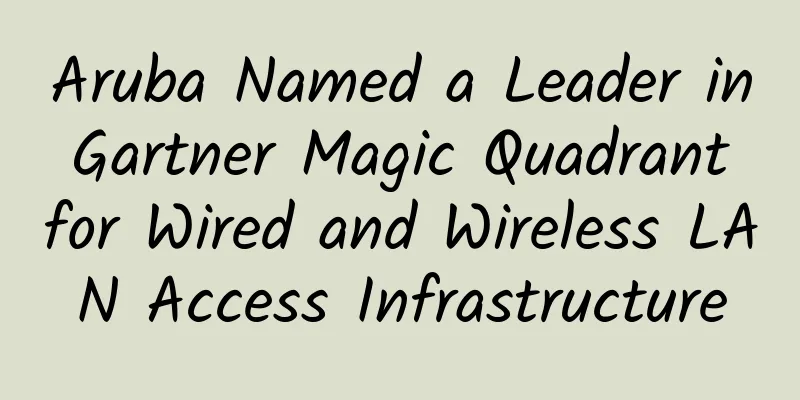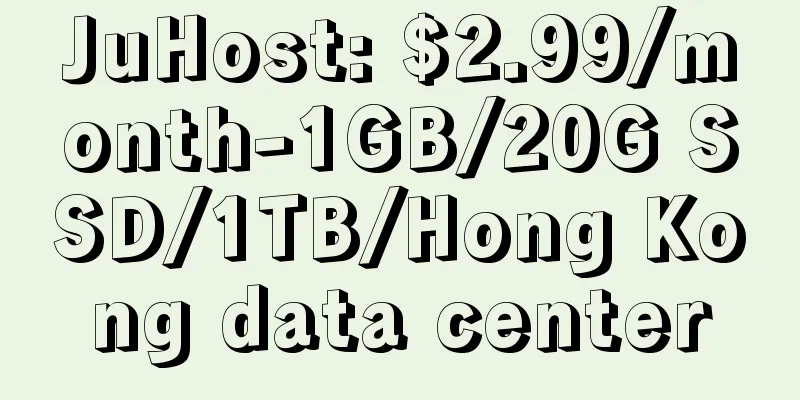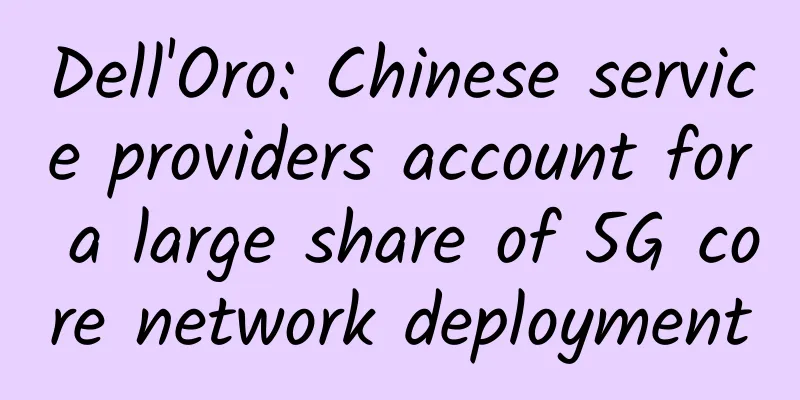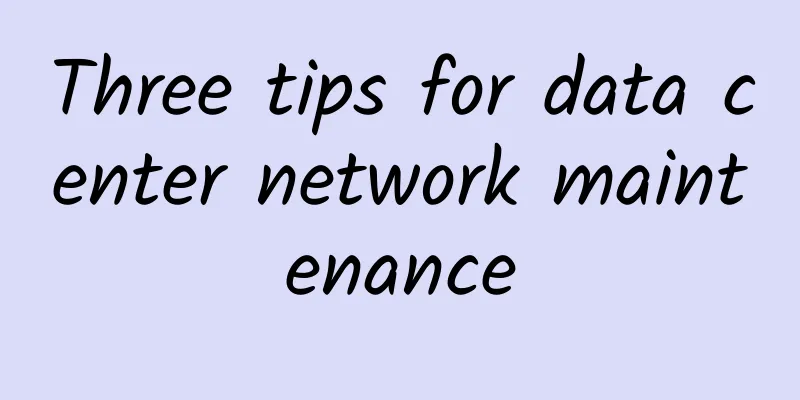Four indicators to help you choose the best multi-service data center provider

|
A new report from MarketsandMarkets predicts that the unified communications (UC) and universal collaboration market will reach $6.2 billion in 2022, so companies are working to develop tools to help customers implement these productivity and revenue-enhancing features. But even as industry insiders become interested in the capabilities of such equipment, the question remains: how to choose a data center partner to host such a platform? If you choose the wrong data center partner, it may result in poor connectivity, limited infrastructure, or limited future business growth opportunities, causing your company to lose out to the competition. Therefore, when choosing a multi-service data center partner, you need to consider the following points:
1. Corporate reputation There are some initial questions to consider when choosing a data center provider. First, the provider should have a good reputation in the industry and a proven track record of successfully deploying solutions. Each company is unique in its approach, so it is also important to fully understand its capabilities, including the level of SIP protocols and connectivity infrastructure and the data center tiers they provide, so that the enterprise understands the reliability of the architecture. There is no harm in engaging with the data center provider’s existing customer base, which will help to confirm its industry reputation and service capabilities, and strengthen the overall perception of the data center provider. 2. End-to-end stack ownership Enterprises should look for a data center provider that invests in building and operating its own infrastructure, data centers, and connectivity. Often, enterprises invest in solutions involving multiple providers, which only increases complexity and costs. Providers that can provide the full stack of communications and endpoints will offer greater efficiencies. This is because they can exercise more control over all aspects of quality and delivery, allowing providers to offer higher service level agreements, which enterprises can benefit from. 3. Technical strength Enterprises should also work with data center providers that have key technical capabilities, such as comprehensive security overlays that allow them to create network abstraction layers that can run multiple independent solutions and enhance the security of the physical network. In addition, the data center provider selected by the enterprise should have managed and supported carrier-grade SIP, connectivity and session border control (SBC) clusters that provide the best level of bandwidth, call quality, scalability, and minimize network and service interruptions. They should also have a strong multi-protocol label switching (MPLS) infrastructure for wide area network (WAN) connections, which will ensure that the data center provider of their choice can take advantage of the latest technology and handle connections across multiple communication media. 4. Resilience to change As market consolidation becomes more prevalent, your partners don’t want to be in the position of being acquired or completely out of business. Therefore, you need to focus on providers that offer data centers and a full range of products that are resilient in any situation and can adopt hybrid solutions, high-level disaster recovery strategies, and flexible tiered services when needed. In addition, in a rapidly evolving market, it is important for companies to assess whether the provider is at risk of being acquired or merged. The provider should have financial security to reduce the possibility of financial risk while ensuring continued investment in the research and development of products and surrounding infrastructure. In short, businesses need a partner that can handle everything from development, implementation, training, hosting, etc., allowing them to future-proof their business without the complexity of using multiple providers, while providing them with better deals, greater efficiency, service delivery and support, migration, and renewals. |
<<: Twists and turns: ZTE may have to fight a protracted battle to lift the ban
>>: 2018 F5 China Application Service Summit Forum was successfully held
Recommend
Are the price increases for mobile phones and broadband services caused by 5G construction?
Over the past year, mobile phone charges have inc...
After three years of preparation, China Radio and Television's entry into 5G has its advantages and disadvantages
After 14 years of "three-kingdom melee"...
Guangzhou Hongfang Zhou Jiaxing: Ruijie system engineer's growth story of "upgrading and fighting monsters"
Zhou Jiaxing, Director of the Authorized Service ...
Enabling sustainable development in smart cities through Wi-Fi
What is the definition of a smart city? The answe...
What is the difference between a cell and a sector? What about carrier frequency and carrier wave?
Cell, sector, carrier and carrier frequency are a...
How to future-proof your home network with FTTR
The demand for high-speed internet and seamless c...
Five-minute technical talk | A brief analysis of the stress testing method of the audio and video communication and signaling SIP protocol
Part 01 Audio and video communication process Aud...
Tencent Cloud Golden Autumn Season, 2C2G3M lightweight server starting from 95 yuan/year
It has been more than half a year since I shared ...
Operators remove many 4G packages to make way for 5G, user experience may be affected
Recently, China Mobile's online business hall...
Σco Time | How to use "light" to promote the digital transformation of factories
[Original article from 51CTO.com] On April 2, Hua...
51% of companies said that lack of appropriate technical infrastructure and IT systems is a major challenge to digitalization
According to a survey conducted by the NASDAQ, wi...
Four challenges in securing multi-cloud networks
Today's organizations are not only actively m...
How will the emergence of 5G affect AI federated learning?
As development teams scramble to build AI tools, ...
A brief discussion on IPv6 intrusion and defense
Preface Recently, some customers started the tran...
Why do all big companies have API gateways? Let’s talk about the role of API gateways
[[332555]] 1. The Use of API Gateway API Gateway ...
